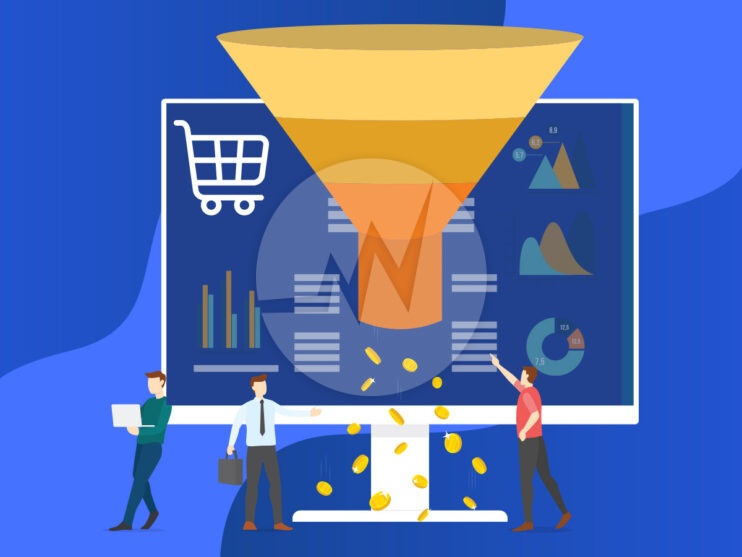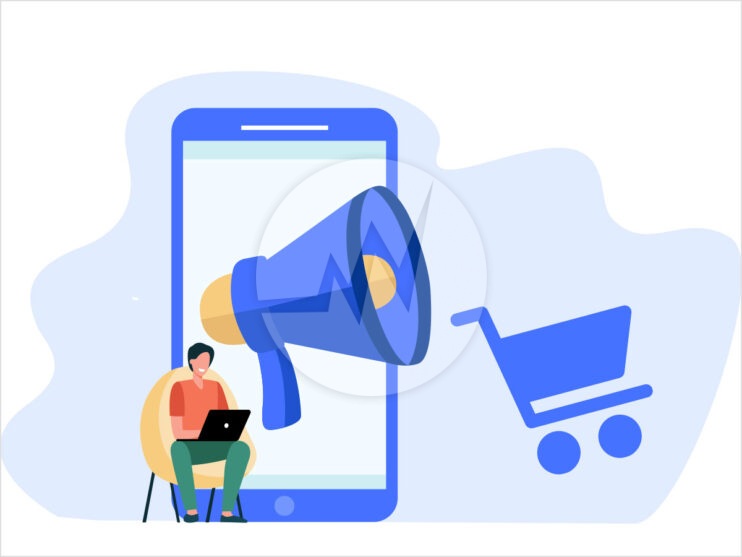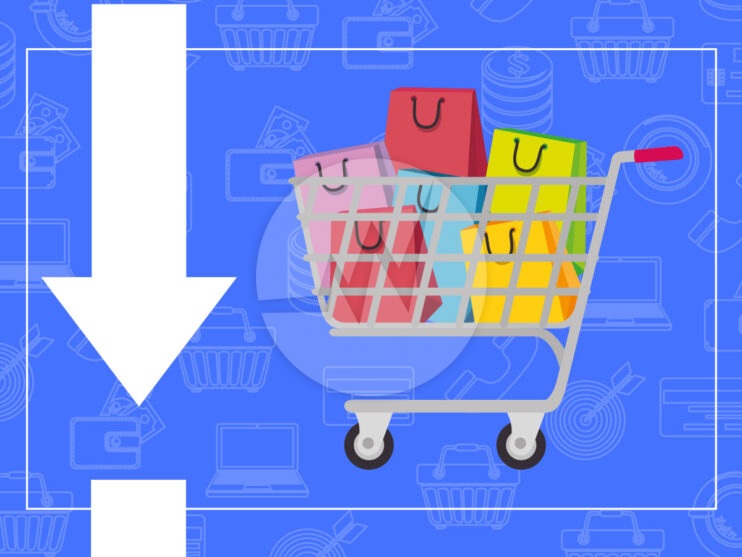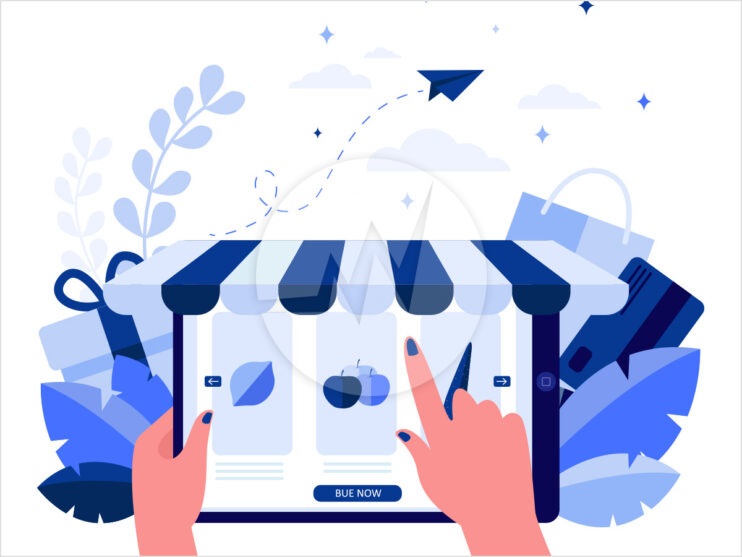Boost Ecommerce Conversion Rate Optimization – A Complete Guide!

If your retail store is packed and sales are falling, you want to know what’s wrong, right? The same phenomenon occurs in ecommerce stores, but also on PR and image sites, news portals, etc. It’s just not that everyone immediately notices it. This also involves potentially massive business losses. After all, people obviously visited your website with a certain interest – only to strike elsewhere. That usually means: the competition makes the profit. It doesn’t help if your site administrator proudly wags daily visitor records. The conversion rate and remains the decisive factor. Here you can read how you can earn more online with simple conversion optimization and relatively simple sales psychology.
What is the conversion rate and what does it depend on?
Briefly explained: Conversion rate (also CR, conversion or conversion rate) describes the ratio between the total number of visitors to a page and the number of those visitors who have actually done what you as the site operator wanted – that is, ordered, subscribed, downloaded or yourself registered. For example, 70 purchases from 1400 site visitors would result in a conversion rate of 5 percent. Most of the time, it makes sense to use unique visitors as the total number, i.e. the same person is only counted once, even if they have accessed the page several times.
You can get fairly accurate information about your own conversion rate using the analysis tools available for your website. The best known is Google Analytics. Smaller companies that use WordPress.com, for example, cannot incorporate analytics, but the information from the Google Search Console gives them helpful tips.
Why is my conversion rate bad?
Here you can roughly differentiate between technical and sales psychological problems when it comes to why even a good quality offer does not “pull” on your website. This post is primarily about sales psychology. Most of the technical optimization measures fall under the keyword SEO (search engine optimization).
12 tips for applied sales psychology – how to boost the conversion rate to 2x or 3x?
If you consistently implement the following guidelines, you will kill several birds with one stone. Because the desired end effect – more orders, customer addresses, newsletter recipients, etc. – is closely related to several other factors for the success of your marketing, whether online or offline. In this way you generally improve the customer experience for visitors to your website, make valuable contributions to the image of your company, you probably need to take fewer measures against returns of your ecommerce store or improve your placement on the search results pages of Google & Co.
-
Avoid irritation:
People unconsciously feel uncomfortable when they do not understand something. So, make sure that everything you present is as understandable as possible, with images as well as texts and, above all, the correspondence between image and text.
-
Address the feeling:
Most decisions are made emotionally. At least an uncomfortable feeling can wipe good rational reasons for an offer off the table – and vice versa also make a possibly not absolutely necessary product appear desirable. So, present your offer objectively, specifically and soberly.
-
Make it easy for customers everywhere:
Life is complicated enough. So, make sure that the navigation on your pages is completely fool proof – an absolute must for conversion optimization. Structure the pages clearly – this is especially true for the display on small smartphone screens; the impatience of the users is particularly high here. Order forms and requirements for which customer data you want should be kept minimal. During the actual ordering process, for example, a clear display of the process in one of the usual progress bars (“You are here”) is very helpful.
-
Speed kills – also with the conversion rate:
You can’t repeat it often enough! Website visitors get impatient after three seconds at the latest if the page is still loading. In the worst case, they then leave the ecommerce store entirely and look elsewhere – conversion for free! So mercilessly speed up your website.
-
Arouse curiosity:
Even small children pick up objects if they suspect something interesting underneath. The object discovered in this way is always more attractive than if it had simply been visible. That means: A nice offer that is only available after clicking a button.
-
Cares the creature of habit:
This is not a contradiction to the previous tip, at least not in sales psychology! There are things that curious people need in order to feel safe: familiar processes, familiar symbols, etc. Tests have shown, for example, that innovative designs for the “Add to cart” button regularly fail in comparison with the traditional shopping cart icon. But a button with the simple label “Add to shopping cart” works best. So, especially in the decisive final phase of the sales funnel, orientate yourself on widely used and proven elements: order forms, fill-in fields, payment options, etc.
-
Use the play instinct:
Don’t be silly everywhere, but if you tickle the childish side of your ecommerce store visitors here and there, it can certainly stimulate the buying mood.
-
Encourage the customer:
A powerful psychological mechanism is the urge to complete things, to “get things done” – hardly anyone voluntarily ends a process shortly before the “end”. Such an end can be, for example, with the shopping cart that only a small amount is missing before you grant free shipping. This can significantly contribute to conversion optimization.
-
Rewards are worthwhile:
Our psyche is designed to strive for rewards – so much so that they can be addictive. The idea in social media of collecting likes is based on this. There is nothing else behind the small “goodies” (surprise packages, bonus points, etc.) that you can offer for orders, second buyers or on other occasions. The same applies here: Let the users decide for themselves whether or what they want to receive. In general, every moment is advantageous when your customer can internally say yes and a corresponding interaction follows.
-
Avoid your customers’ fear of loss:
No matter how advantageous an offer may seem, the fear that all of this is not right never goes away completely. It is known from psychology that, for example, the fear of losing a certain amount is always stronger than the stimulus to win exactly the same amount. You can counter this with guarantees; However, extensive testing options are even more effective, wherever this is possible for the product or your margins.
-
Show that things could get best:
This trick is as curious as it is proven – an even more expensive product next to an expensive one helps to sell the expensive product. There is an understandable reluctance among not all, but many people, to actually choose the most expensive from several similar products. But you often choose exactly this product if there is one next to it whose price is even higher. So do not leave the valuable goods alone at the price peak – in the ecommerce store as well as in the retail store!
-
Don’t screw it up in the last few miles:
The most annoying thing for ecommerce store operators are shopping cart abandoners, i.e. potential customers who end the order process before paying for a variety of reasons.
Bottom line: Conversion optimization isn’t rocket science!
Much of what applies in online marketing strategy actually requires the normal thinking of a good salesperson – whether in the online store, in-store, in the field or on the customer phone. The whole thing is only enriched by a few technical aspects. Of course, this can be turned into an art form with artificial intelligence and other tools, but most online retailers or companies that do other online marketing can already achieve noticeable improvements in the conversion rate with these tips.
If you do some research yourself: You will come across tricks that are quite effective, but fall under the “questionable” category. You should use sales psychology to better understand your customers – not to cheat them.
Do you need further support in setting up your ecommerce store? We are here for you! If you are looking for an ecommerce website development, shopping cart development, online store development and ecommerce store marketing, Please explore our Ecommerce Solutions! We also provide ecommerce website maintenance services, online store maintenance services and web application security audit. For more information, please visit our Ecommerce Maintenance Services!






